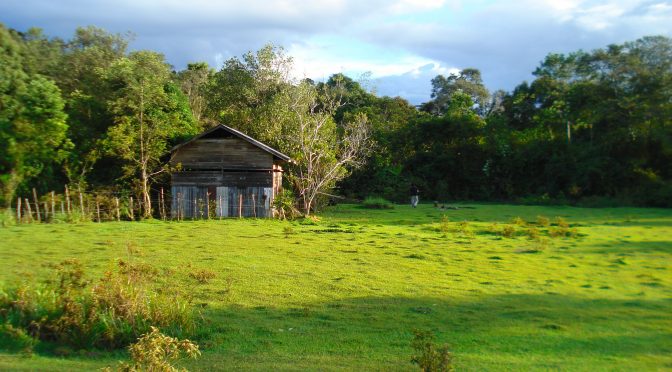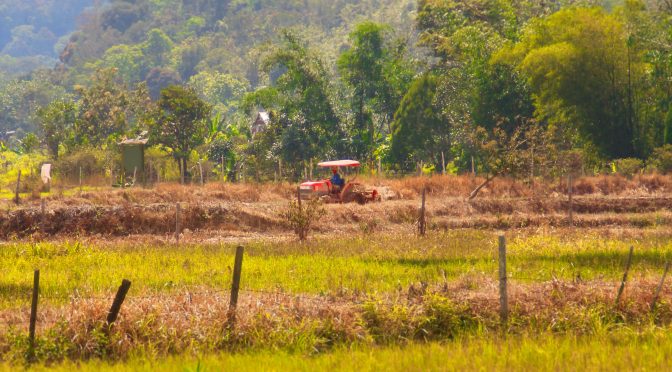What is there inside Bario rice that makes it so yummy and very expensive?
Bario rice is world famous in Sarawak. It is slowly getting more known in other parts of the country too, as more and more stocks of the rice travel from the Kelabit Highlands and over the South China sea into the rice cooker of West Malaysian homes.
It’s been described in so many flowery ways, but you won’t actually know it until you’ve tried it. Now, for those who have tried Bario rice, this is a good ‘technical explanation’ of what’s inside Bario rice that makes it taste and feel so wonderful in your mouth.
“The main objective of the study was to analyse the characteristics of four Bario rice varieties to provide data on their nutritional values and glycemic index which can be used as references for future food product development.”
In most supermarkets, Bario rice is the priciest rice on the shelves, and yet there isn’t enough stock to go around. While the Kelabits have always preferred their own rice to the lowland rice that they consumed when they are in town, most Kelabits didn’t realise they had a ‘winner product’ in their hands.
What makes the demand for Bario rice so strong? This study may explain the combination of factors that makes it special. Quoted from the publication.
“This showed that Bario rice contained some minerals which could be useful in improving health (Adzim et al. 2006).”
“The protein content ranged from 5.85 – 7.30% which fulfilled the requirement to be stated as a good source of protein (>5 g/100 g according to Nutrient Reference Value in 18C Act, Table II Food Regulations of Malaysia).”
“The crude fibre content were in the range of 1.40 – 2.05% which were higher than MR 219, while the carbohydrate contents ranged from 73.96 – 76.76% which was lower than MR 219.”
Intrigued? Click in the link to downloand the PDF.
Nutritional value and glycemic index of Bario rice varieties (Nilai pemakanan dan indeks glisemia varieti beras Bario)
D. Nicholas, K.K. Hazila,
H.P. Chua and A. Rosniyana
Click On Link To Download PDF:
http://ejtafs.mardi.gov.my/jtafs/42-1/Bario%20rice.pdf
Curators Note: This post is part of a collection of academic research and publications done in the Kelabit Highlands. We'd like to sincerely thank the many academicians and institutions from all over the world that have come to Bario to experiment, document, and expand our understanding of the things around us.






